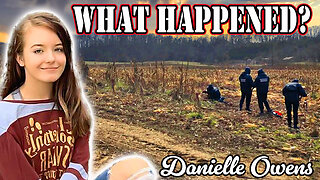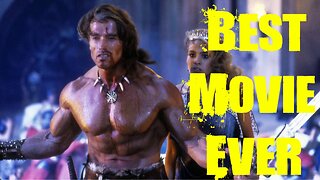Deconstructing Down Dog Part 4 of 10
If the person is shifted forwards in their down dog and the gleno-humoral joint (shoulder) is positioned closer to the hands or over the hands, there is a line of force that is going to pass down through and into the floor via the arms and hands.
If I was wanting them to do a charuranga this is close to the position that i want but not for down dog
As we start to moving into positions that is asking us to lifting heavier and heavier the weakness will come through and you will see people trying to flex and muscle their way through the pose to stay in the pose. This is at the experience of the neck, shoulder, elbow, and wrists.
A strength control weakness will manifest itself as poor control through the upper quarter (peripheral core) lack of ability to keep scapula strong; lack of ability to find length in the spine; poor control at gleno-humeral joint (GHJ)where we see anterior humeral translation
We don’t want to use the word form as there are so many components. -Is it a lack of humeral control?
-Is it a lack of scapular set strength?
-Is it a lack of platform strength?
-Or is it a lack of mobility at the thoracic spine?
As they lose scapula set; They will begin to expose the GHJ to more torque loading; b/c as they lose that scapular set and it starts to protract, it takes the glenoid away from that “sweet spot” position for down dog. Which means now the relationships between the elbow and the shoulder is going to increase in terms of lever loading.
So that loss of scapular set that is going to increase the torque loading at the glenohumeral joint, they are going to start beating their shoulders up overtime
Ahh the shoulder! Such a great area to cause lots of problems. Injuries, accidents, posture can change the biomechanics and the efficiency of this complex joint.
The shoulder complex is formed by the ✅ Sternum
✅ Clavicle ✅ Scapula
✅ Humerus
The are five joints of the shoulder joint:
1. Sternoclavicular Joint (SC joint)
2. Coracoclavicular Joint
3. Acromianclavicular Joint (AC joint)
4. Glen-humeral Joint
5. Scapulo-Thorax—Not a true joint
Important Ligaments: while there are many ligaments I’m only highlighting one today because of the associated arm movements with down dog.
This is a multilayered issue and only working here is not going to help very much.
I would assess all the ligaments and joints for a complete corrective one-on-one session.
These arm movements, muscles, ligaments all work together functionally and not in an isolated manner. Corrections done only in an isolated way are not very effective long term. So be careful and look at more than one possibility and understanding the muscular sequence of arm movements and how ligaments can inhibit the muscles altering the sequence is important to learn.
A couple of ligaments that plague students with full on pain or discomfort. head to website for full write up http://www.lovelandyogacorefitness.com/blog
Two tennis balls taped together with duct tape is a great thoracic spine mobility tool. Head to blog for description http://www.lovelandyogacorefitness.com/blog
-
 10:03
10:03
JoBlo Horror Originals
1 day agoThe Running Man: What Happened To This Adaptation?
1.8K9 -
 41:59
41:59
Destene and Brandon
1 day agoTHE SECRET IS OUT!!! WE'RE HAVING A......
16.9K8 -
 4:12
4:12
Hack
1 day agoWhat can be made out of plastic bottle lids
8.63K2 -
 13:07
13:07
Exploring With Nug
1 day agoFailed Justice: 4-Year Sentence for Man Who Murdered Young Girl
12.5K19 -
 24:03
24:03
Brewzle
21 hours agoWe Find INSANE Bottles Bourbon Hunting in Georgia
19.2K4 -
 15:38
15:38
Degenerate Jay
16 hours agoThe Most Frustrating Trend That's Ruining Video Games
9.26K3 -
 16:42
16:42
Space Ice
18 hours agoArnold's Conan The Destroyer Proved Masculinity Is The Greatest Thing Ever - Best Movie Ever
21.7K29 -
 7:00
7:00
Hannah Barron
16 hours agoEven Rednecks Need a Girls Day!
32.2K28 -
 15:25
15:25
shaneandliana
16 hours agoExtreme Disrespectful Prank On Uncle
21.7K8 -
 2:08:23
2:08:23
Crime Circus
23 hours agoA Monster's Interrogation & CONFESSION in Macon, Georgia - Interview with a KlLLER
26.7K10